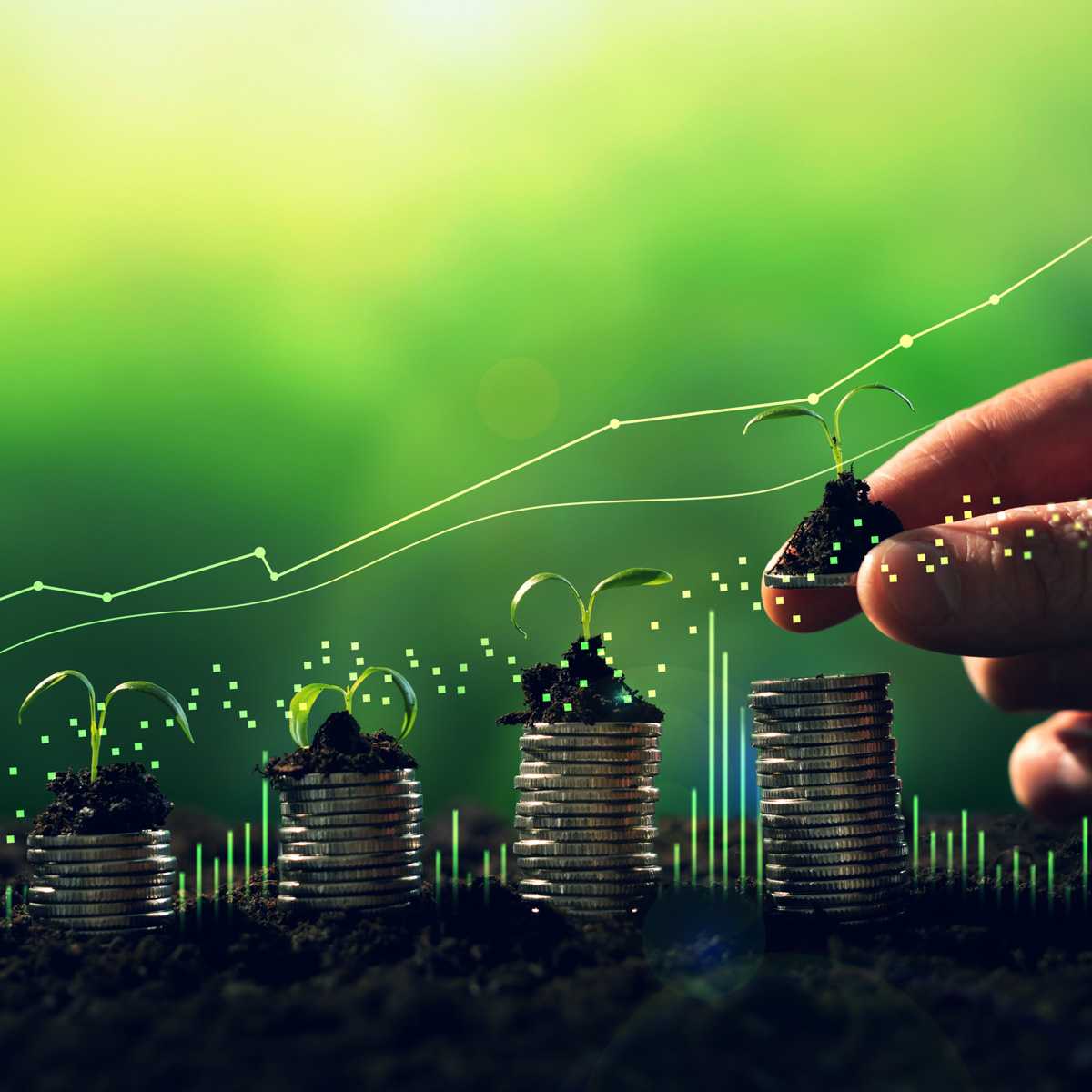

The transition from the United Nations’ Millennium Development Goals (MDGs) to the new 2030 Sustainable Development Goals (SDGs)—to be ratified at the UN General Assembly in September—is a significant milestone in the global development agenda. Over the next two weeks, we will explore what this transition means for international development; how the SDGs differ from the MDGs; how companies, NGOs and governments can best engage on the SDGs; and why development goals are relevant.
What Did We Learn from the MDGs?
Two weeks ago, the UN reported on the successes and failures of the MDGs— the eight targets established by world leaders in the year 2000—to improve the lives of the poor. The impact report is important as world leaders prepare to ratify the new Sustainable Development Goals this coming September, which will succeed the MDGs in setting the global development agenda for the coming 15 years. Some of the key points surfaced in the analysis of the MDGs include:
Key Successes
- Extreme poverty: Dropped by more than half since 1990 (due largely to economic strides made by China).
- Child mortality: Declined by more than half globally between 1990 and 2015.
- Maternal mortality: Declined by 45 percent worldwide since 1990, most of the reduction occurring since 2000.
- Primary school enrollment: Reached 91 percent in developing regions, up from 83 percent in 2000, and just as many girls as boys are now enrolled in primary schools around the world.
Key Shortcomings
- Gender equality: Globally, women earn 24 percent less than men and only half of working-age women participate in the labor market (compared to three quarters of working-age men). In Latin America and the Caribbean, the ratio of women to men in poor households increased from 108 women for every 100 men in 1997 to 117 women for every 100 men in 2012, despite declining poverty rates in the whole region.
- Environmental degradation: Global emissions of carbon dioxide have increased by over 50 percent since 1990.
- Conflicts and human development: Every day, 42,000 people on average are forcibly displaced and compelled to seek protection due to conflicts, almost four times the 2010 number of 11,000. By the end of 2014, conflicts had forced almost 60 million people to abandon their homes—the highest level recorded since World War II.
Critics point to the lack of clear causality between the MDGs and the advances achieved over the past 15 years. The New York Times underscored that we do not know the extent to which we can accredit the advances of the past 15 years to the MDGs.
However, many experts agree that:
- the MDGs succeeded in establishing yardsticks for measuring what countries have and have not done for their people in terms of concrete measures of well-being (like how many women die in childbirth or how many children are clinically malnourished), where broad economic indicators were once the only metric.
- The MDGs created clear focus areas for governments, civil society organizations and private sector actors. The mere act of establishing and communicating eight global “goals” facilitated dialogues and alignment around areas that were most in need of action.
Like the MDGs, the SDGs are a set of goals, targets and indicators that will seek to transform the world to better meet human needs, and the requirements of economic transformation, while protecting the environment. Unlike the MDGs, the SDGs will put more emphasis on human rights, economic development and the rule of law. There are likely 17 SDGs, and 169 so-called targets, versus the eight neat MDGs. The SDGs will also apply to all countries, whereas the MDGs were considered targets for only poor countries to achieve. More on how the SDGs were developed is available here.
While the legacy of the MDGs is still up for debate, anticipation for the SDGs is building. In conversations with UN officials, NGOs and corporate clients, there is hope that a fresh set of targets will spark renewed commitment to crucial social, environmental and economic development objectives. Yet there are fears that the new goals are too diffuse and numerous to be manageable. And there are worries about how the SDGs will sit alongside other priorities, such as action on climate change. We will explore these, and other topics, in our next post.


